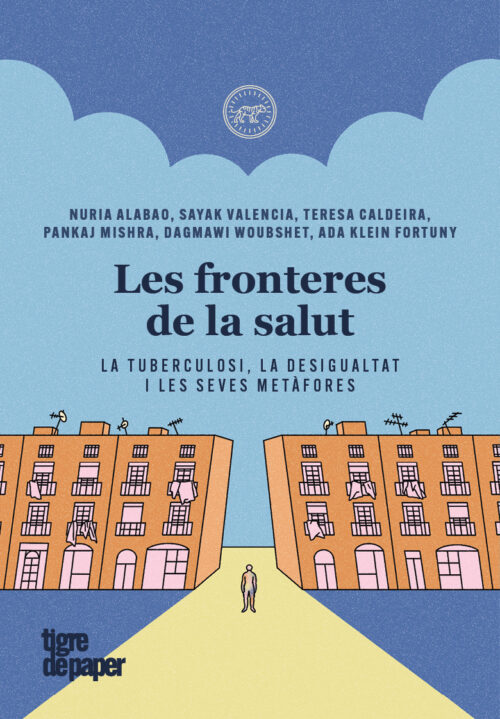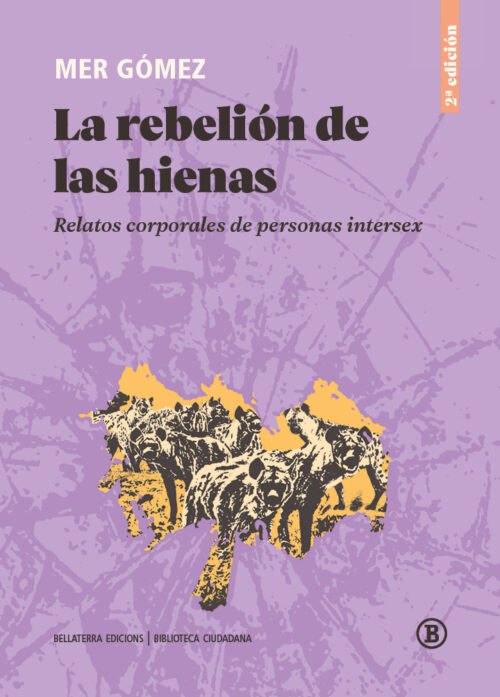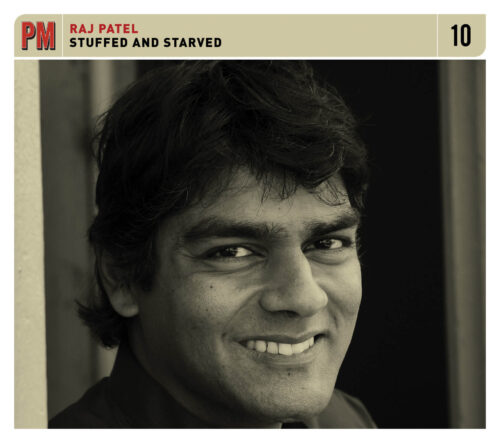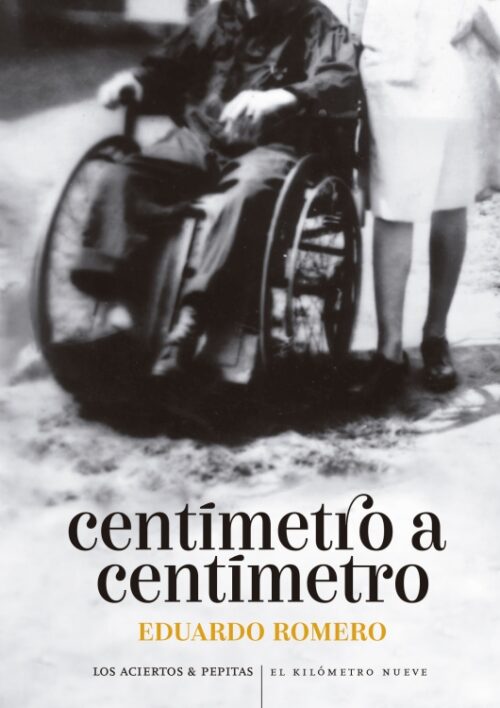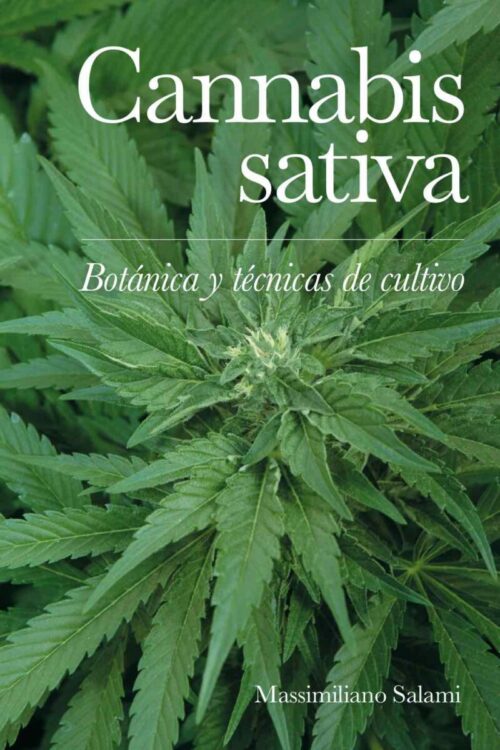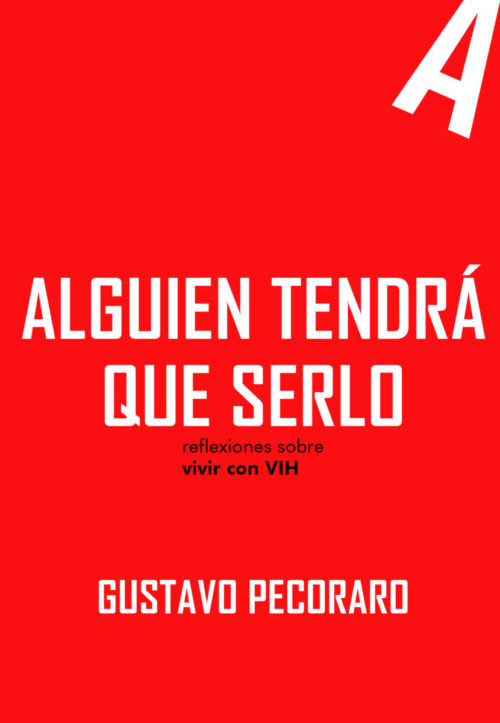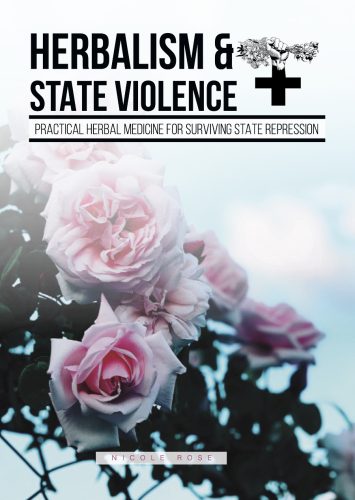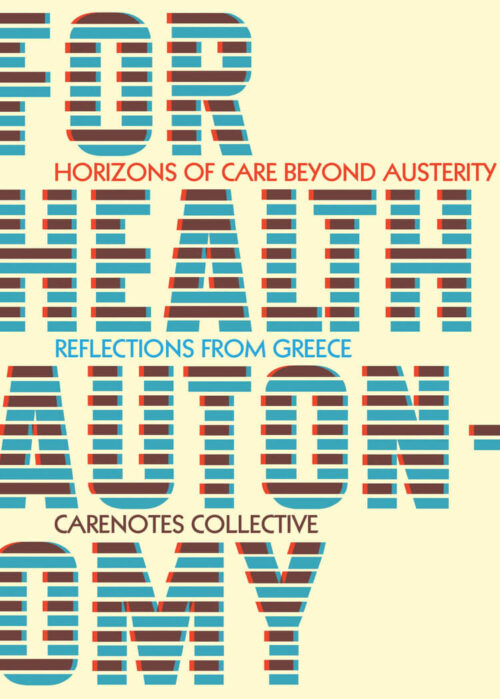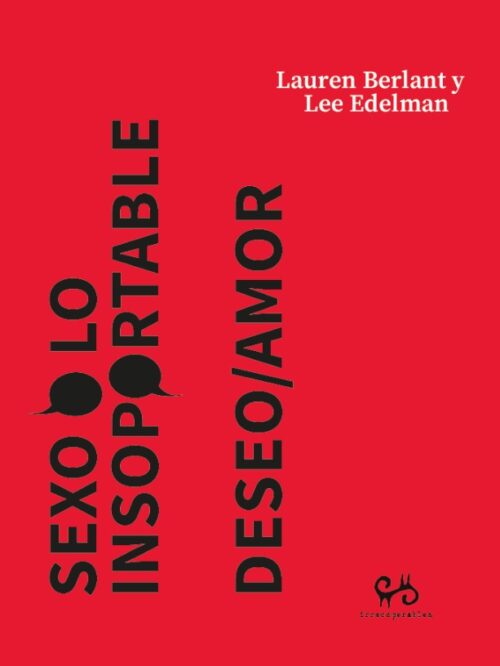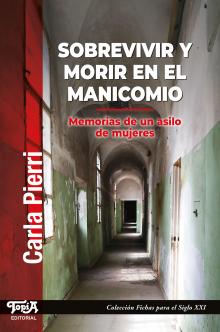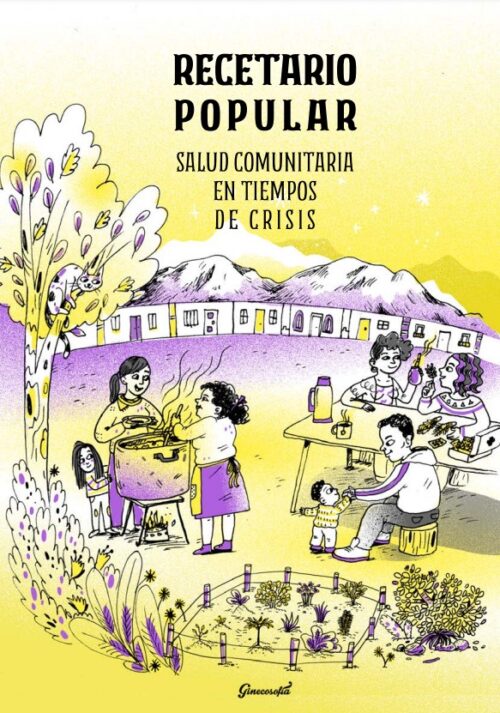-
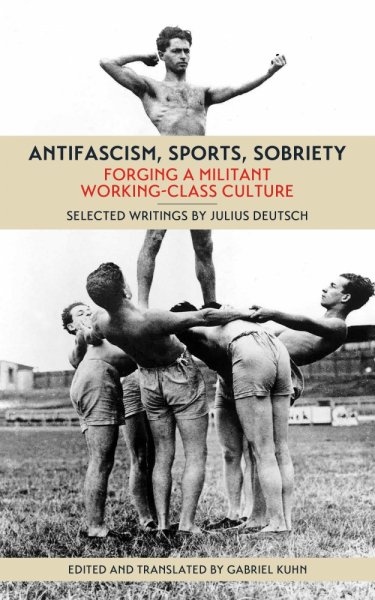 <p>The Austromarxist era of the 1920s was a unique chapter in socialist history. Trying to carve out a road between reformism and Bolshevism, the Austromarxists embarked on an ambitious journey towards a socialist oasis in the midst of capitalism. Their showpiece, the legendary “Red Vienna,” has worked as a model for socialist urban planning ever since. At the heart of the Austromarxist experiment was the conviction that a socialist revolution had to entail a cultural one. Numerous workers’ institutions and organizations were founded, from education centers to theaters to hiking associations. With the Fascist threat increasing, the physical aspects of the cultural revolution became ever more central as they were considered mandatory for effective defense.</p> <p>At no other time in socialist history did armed struggle, sports, and sobriety become as intertwined in a proletarian attempt to protect socialist achievements as they did in Austria in the early 1930s. Despite the final defeat of the workers’ militias in the Austrian Civil War of 1934 and subsequent Fascist rule, the Austromarxist struggle holds important lessons for socialist theory and practice.</p> <p><em>Antifascism, Sports, Sobriety</em> contains an introductory essay by Gabriel Kuhn and selected writings by Julius Deutsch, leader of the workers’ militias, president of the Socialist Workers’ Sport International, and a prominent spokesperson for the Austrian workers’ temperance movement. Deutsch represented the physical defense of the working class against its enemies like few others. His texts in this book are being made available in English for the first time.</p>
<p>The Austromarxist era of the 1920s was a unique chapter in socialist history. Trying to carve out a road between reformism and Bolshevism, the Austromarxists embarked on an ambitious journey towards a socialist oasis in the midst of capitalism. Their showpiece, the legendary “Red Vienna,” has worked as a model for socialist urban planning ever since. At the heart of the Austromarxist experiment was the conviction that a socialist revolution had to entail a cultural one. Numerous workers’ institutions and organizations were founded, from education centers to theaters to hiking associations. With the Fascist threat increasing, the physical aspects of the cultural revolution became ever more central as they were considered mandatory for effective defense.</p> <p>At no other time in socialist history did armed struggle, sports, and sobriety become as intertwined in a proletarian attempt to protect socialist achievements as they did in Austria in the early 1930s. Despite the final defeat of the workers’ militias in the Austrian Civil War of 1934 and subsequent Fascist rule, the Austromarxist struggle holds important lessons for socialist theory and practice.</p> <p><em>Antifascism, Sports, Sobriety</em> contains an introductory essay by Gabriel Kuhn and selected writings by Julius Deutsch, leader of the workers’ militias, president of the Socialist Workers’ Sport International, and a prominent spokesperson for the Austrian workers’ temperance movement. Deutsch represented the physical defense of the working class against its enemies like few others. His texts in this book are being made available in English for the first time.</p> -
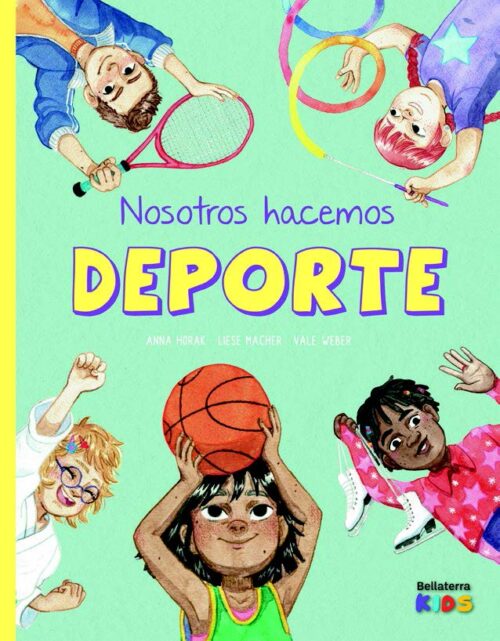 <p>El deporte está en todas partes: en la escuela, en la ciudad, en la televisión y hasta en casa de Carla, donde todos son superdeportistas. Es una lástima que a Carla no le guste nada el deporte. Si tú tampoco soportas el fútbol a todas horas, ni los prejuicios absurdos, ni que te escojan el último, ¡abre la boca y habla!</p> <p>En el desarrollo del proyecto deportivo de grupo, Carla y su clase descubren enseguida que, para encontrar el deporte preferido de cada cual, hay que jugar a varios. También aprenden que la justicia, la igualdad de derechos y el espíritu de equipo son tan importantes como correr o saltar. Al fin y al cabo, ¡el deporte ha de ser divertido para todos!</p>
<p>El deporte está en todas partes: en la escuela, en la ciudad, en la televisión y hasta en casa de Carla, donde todos son superdeportistas. Es una lástima que a Carla no le guste nada el deporte. Si tú tampoco soportas el fútbol a todas horas, ni los prejuicios absurdos, ni que te escojan el último, ¡abre la boca y habla!</p> <p>En el desarrollo del proyecto deportivo de grupo, Carla y su clase descubren enseguida que, para encontrar el deporte preferido de cada cual, hay que jugar a varios. También aprenden que la justicia, la igualdad de derechos y el espíritu de equipo son tan importantes como correr o saltar. Al fin y al cabo, ¡el deporte ha de ser divertido para todos!</p> -
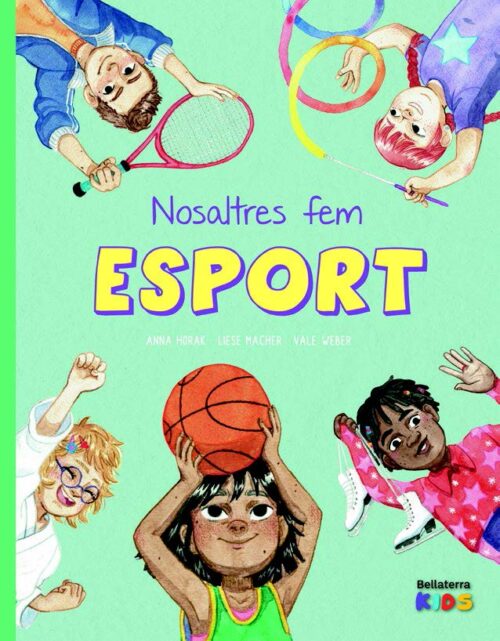 <p>L’esport és a tot arreu: a l’escola, a la ciutat, a la televisió i fins i tot a casa de la Carla, on tothom és superesportista. És una llàstima que a la Carla no li agradi gens l’esport. Si tu tampoc suportes el futbol a totes hores, ni els prejudicis absurds, ni que et triïn l’últim, obre la boca i parla!</p> <p>En el desenvolupament del projecte esportiu de grup, la Carla i la seva classe s’adonen de seguida que, per trobar l’esport preferit de cadascú, cal provar-ne molts de diferents. També aprenen que la justícia, la igualtat de drets i l’esperit d’equip són tan d’importants com córrer o saltar. Al cap i a la fi, l’esport ha de ser divertit per a tothom!</p>
<p>L’esport és a tot arreu: a l’escola, a la ciutat, a la televisió i fins i tot a casa de la Carla, on tothom és superesportista. És una llàstima que a la Carla no li agradi gens l’esport. Si tu tampoc suportes el futbol a totes hores, ni els prejudicis absurds, ni que et triïn l’últim, obre la boca i parla!</p> <p>En el desenvolupament del projecte esportiu de grup, la Carla i la seva classe s’adonen de seguida que, per trobar l’esport preferit de cadascú, cal provar-ne molts de diferents. També aprenen que la justícia, la igualtat de drets i l’esperit d’equip són tan d’importants com córrer o saltar. Al cap i a la fi, l’esport ha de ser divertit per a tothom!</p> -
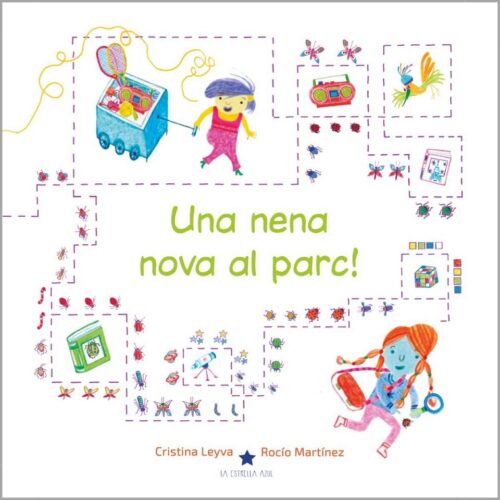 <p><em>Una nena nova al parc!</em> És un àlbum il·lustrat molt divertit i tendre que conta la història d'amistat de dos nens: Pere i Violeta. Ell està com a boig per conèixer a nous amics i, quan es troba amb Violeta al parc, vol que sigui la seva amiga! Però, per aaconseguir-ho, haurà d'aprendre que cada persona és diferent. A més de l'amistat de Violeta i Pere, aquest parc té moltes altres històries amagades que el lector pot anar descobrint en les següents lectures.</p>
<p><em>Una nena nova al parc!</em> És un àlbum il·lustrat molt divertit i tendre que conta la història d'amistat de dos nens: Pere i Violeta. Ell està com a boig per conèixer a nous amics i, quan es troba amb Violeta al parc, vol que sigui la seva amiga! Però, per aaconseguir-ho, haurà d'aprendre que cada persona és diferent. A més de l'amistat de Violeta i Pere, aquest parc té moltes altres històries amagades que el lector pot anar descobrint en les següents lectures.</p>


